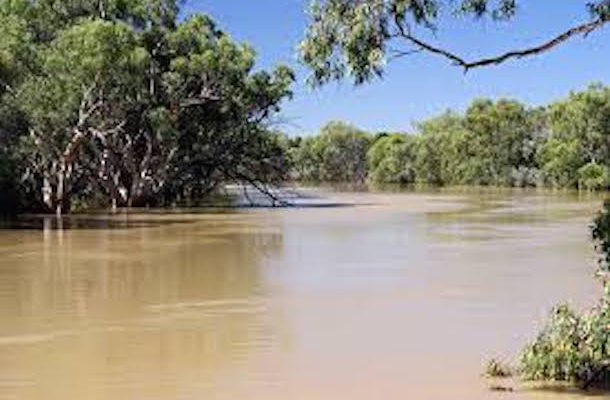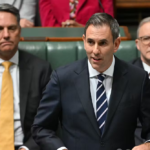Considering our river systems

Is Cubbie Station to blame for the state of the Darling River? Expert on environmental management systems Max Thomas considers whether the accusations are accurate.
Cubbie Station is the largest irrigation property in the southern hemisphere. It is located near Dirranbandi, in south-west Queensland, Australia. The operators contend that it is an economic and ecological model for sustainable development in inland Australia. Opponents contend that Cubbie ‘steals’ water from the Darling River and that the irrigation water licence should be revoked to ‘save’ the River.
I’m no apologist for anyone who wastes water or profits from pollution. However, I would be surprised if environmental management is not included as part of a quality system for operations at Cubbie; after all, they are producing food. But even assuming the environment isn’t a priority, could the Darling River really be ‘saved’ by revoking their water licence? That idea betrays a poor understanding of riverine ecology and ignores the impact of European settlement long before Cubbie existed.
The Darling is a river with highly variable flow and is ecologically adapted to prolonged drought. On his expedition in the 1830’s, Thomas (Major) Mitchell reported brackish water in the river which is an indication that its background hydro-geological complexity has been known if not well understood since Europeans arrived. In a qualitative sense, surface waters, including streams and lakes are a reflection of their catchment conditions. Wetlands actually benefit from seasonal wetting and drying.
Soil loss and nutrient-rich runoff from grazing and cropping contribute to the nutrient load in the river. A lot of these nutrients, especially phosphorus, is stored in river sediments from where it enters the water column and ‘fuels’ algae blooms, depending on light and temperature. Sometimes the effect occurs a long way from the cause and long after events such as floods which transport the bulk of nutrient loads into and within rivers.
Eutrophication of adjacent lakes and wetlands will not be prevented by a minor increase in river flows. The natural forces we have released may not be completely reversible but remedial action must be based on a good understanding of the problem. The idea that rivers are like dunnies and a good ‘flush’ now and then will fix things up is a furphy. It’s a bit like trying to cure diabetes with a drink of water.
The legacy of our ecocidal culture is plain to see in many parts of Australia. I said that occasionally ‘flushing’ a river is like trying to cure diabetes with a drink of water. Taking the analogy further, rivers are the ‘veins’ of the landscape, carrying suspended and dissolved matter towards the sea from where the water is ‘pumped’ around again.
The Bunyip and Moe Rivers in Victoria are perfect examples. They once had great wetlands between the uplands and the receiving waters of Westernport and the Gippsland Lakes, respectively . With due respect to the many farmers who produce food on the bountiful soils of the former ‘Kee Wee Rup Swamp’, we now lament the loss of the rich and diverse habitats that once protected Westernport. Former Premier of Victoria, Henry Bolte, not a renowned environmentalist, said that we could not have done a better job of ruining Westernport if we had set out to do so. Not long after that, the Hamer government passed the Environment Protection Act.
‘Koo Wee Rup’ is a town not far from where the former wetlands met the waters of Westernport. The name means ‘Blackfish Swimming’, but the habitat is now far from ideal for the fish and those who gave it the name have long since been displaced.
I can’t think of a better way to sum up than to say that the renaming of the Moe and Bunyip Rivers to “drains” accurately represented the ‘development’ vision that we now see as the root of the problem. But lasting cultural change is unlikely to come from blaming or scapegoating others. We’ll have to admit that some of the costs of our comfortable and convenient lives is paid for by borrowing from the environment, with no intention or even the ability to repay the debt.

Max Thomas, Dip. Agric. (retired) worked in the public sector and in private consulting on a range of land, water and waste management projects. He prepared guidelines for irrigation with recycled water for EPA Victoria and developed a number of Environmental Management Systems in the water industry.












